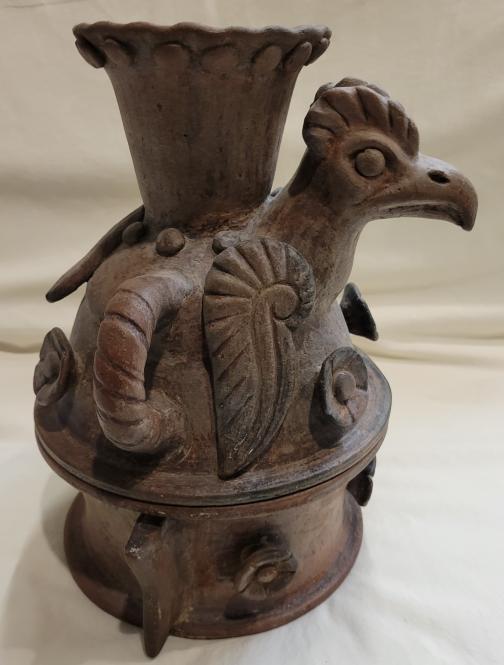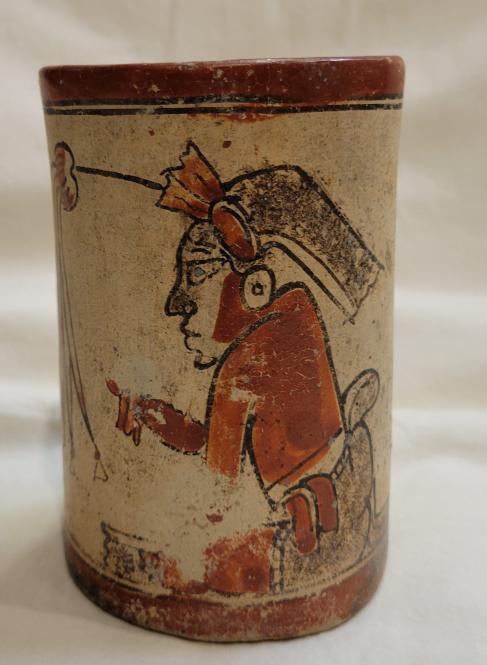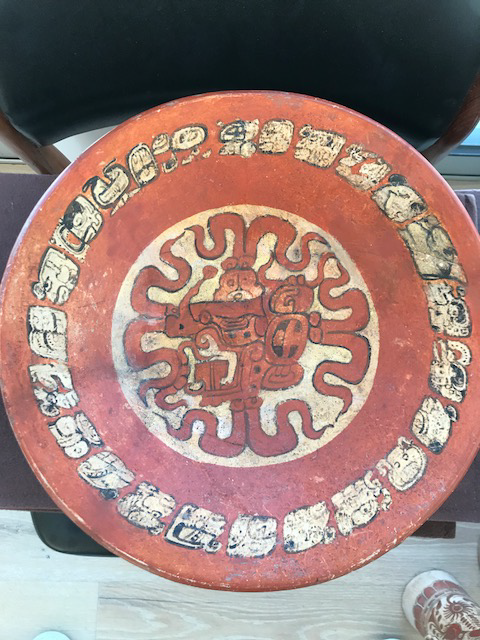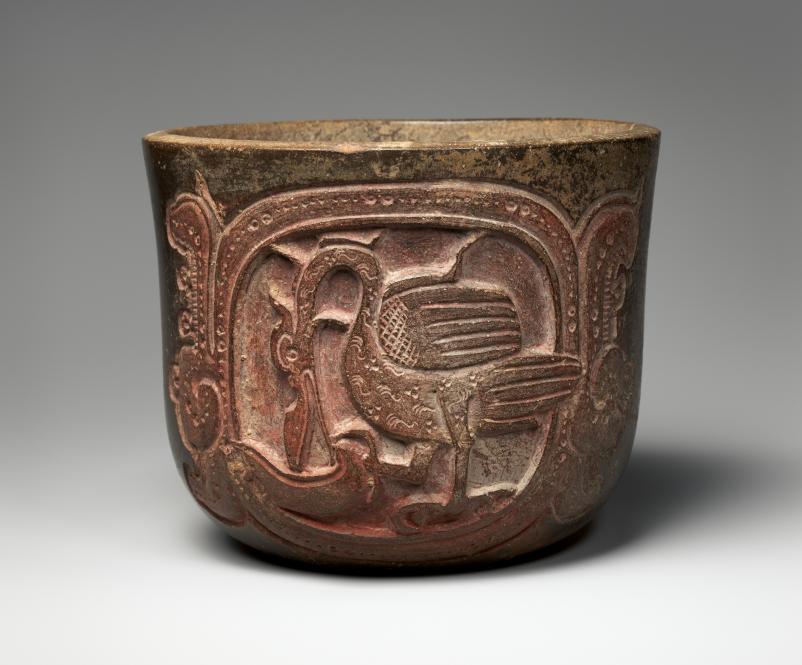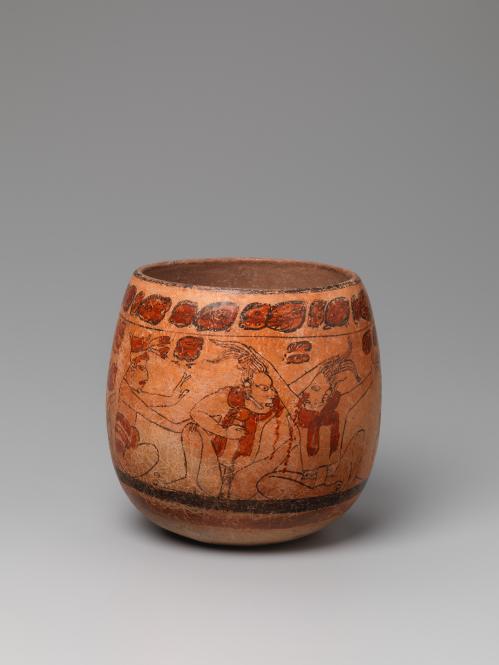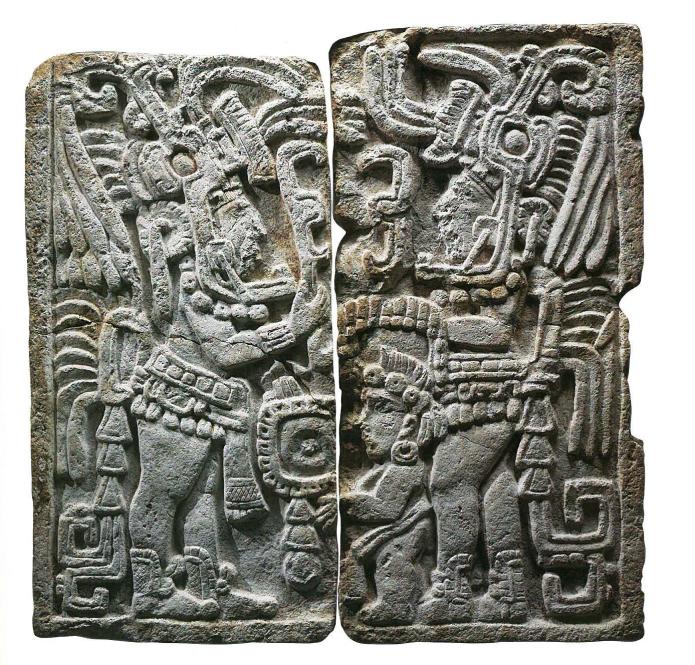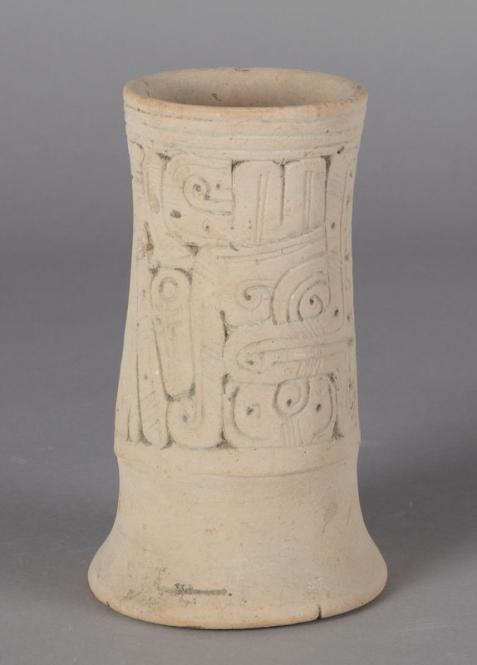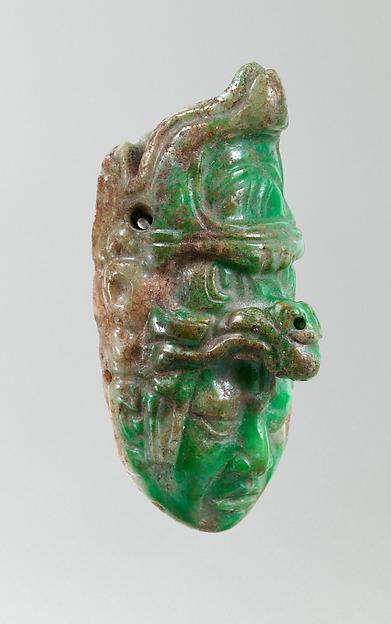2019.017.015
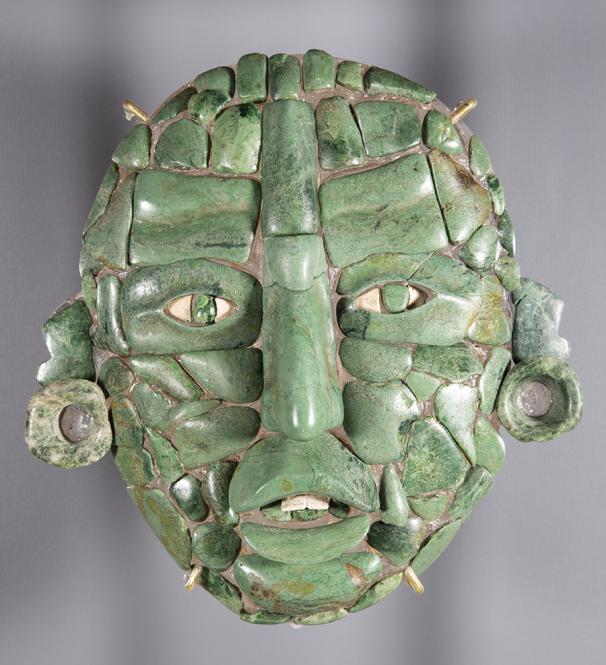
Object Title
Mosaic Mask
Measurements
25.8 x 24.7 x 8.8 cm.
Creation Date
A.D. 450-950
Credit Line
Gift of Dr. Robert L. Drapkin and Chitranee Drapkin
Museum Name
Museum Contact
Michael Bennett
Culture
Country of Origin
Object Type
Materials / Techniques
Object URL
https://mfastpete.org/obj/33600/
Museum's Definition of Antiquity
1492
Provenance Information
Purchased by Major Elmer McBryde c. 1947 from another army officer, by decent to daughter, Diana McBride-Farley; Throckmorton Fine Art Inc., New York, NY; Robert L. Drapkin and Chitranee Drapkin Collection, St. Petersburg, FL (2003).
Exhibition Information
On view at the Museum of Fine Arts, St. Petersburg since October 2020.
Publication Information
None.
Section of the AAMD Guidelines relied upon for the exception to 1970
Gift or bequest expected or on loan prior to 2008
Explain why the object fits the exception set forth above
Promised gift prior to 2008.
